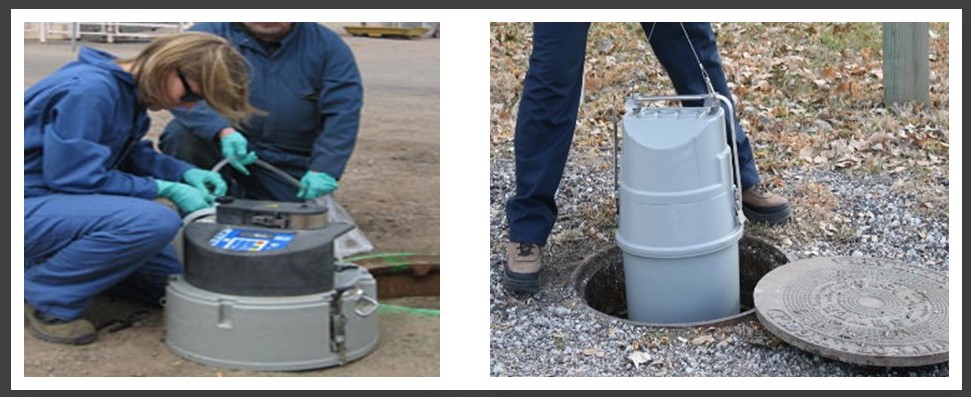Many facilities are required to perform water and wastewater sampling per the requirements of their permits. There are direct discharge and indirect discharge permits. Obtaining a quality sample requires proper planning and understanding of your permit requirements.
Each permit will state the necessary testing parameters, type of collection and frequency of monitoring. The analytical results will be reported to the required agencies, which will verify permit compliance; therefore, it is essential to collect representative samples. The analytical results of a sample are only as accurate as the quality of the sample taken. It is imperative to use EPA approved methods for collecting samples.
In this blog we will discuss 6 important steps for compliant monitoring results.
6 Steps for Compliant Monitoring:
1. Collecting Representative Samples
First choose the best sample container for the permit. Then review the parameters and frequency to set up the type of sampler needed, instantaneous (grab) or 24 hours (composite).
For the sample containers, glass is the most effective but the most dangerous for samplers due to potential puncture wounds. Remember your PPE!
Samples are collected at time of discharge to the outfall from the facility for a direct discharge permit or to the POTW (sewer) for indirect discharge permits.
2. Formulating Sampling Program Objectives
The sampling plan is clearly stated on the listed permit conditions with frequency and type of sample. From this, a sampling protocol should be established and kept on file at your facility. Spencer-SHE’s team of experts can assist you with sampling protocol development.
3. Proper Handling and Preservation of Water Samples
All samples collected must be placed in the correctly labeled containers with the correct preservatives, and if there is any question then the lab should be contacted immediately. After correctly identifying and labeling all containers they must be immediately refrigerated. An ice pack must be inside the cooler to maintain the correct temperature when sending to the lab.
These sample kits come with strong acid/caustic preservatives and it is imperative that the collected sample (grab or composite) is poured into the laboratory provided sample container using the required PPE for acids/caustics at a minimum safety eyewear and gloves.
4. Labeling Security Seals & Chain of Custody
Ensure all containers are properly labeled and sealed before closing the kit or cooler. The Chain of Custody (COC) form must be completed accurately and clearly printed. There is always a possibility of moisture getting to the COC therefore put it in a zip lock bag to prevent destroyed documentation.
The lab must be able to differentiate between samples. You can request the COC from the lab, or Spencer-SHE if you are one of our clients.
5. Field Quality Assurance
- A Custody Seal should on the kit or cooler across any opening to track any possible tampering. The seal should include the shipping or receiving facility name, the collector’s name and the date the container is sealed for shipment. If there is any concern for tampering with the samples and or the kit itself, then new samples should be collected if feasible.
- Quality assurance protocols are implemented at the laboratory to ensure sample collection procedures do not result in contamination. Most labs include the quality control data in each analytical report to support and validate the results. Laboratories earn certifications based on their quality control capabilities which provides assurances to the clients that these results are accurate.
6. Proper Analysis
The proper analysis is executed by the laboratory using specified EPA protocols and references.
Finally, to get the best result remember
- sampling according to set procedures,
- select your equipment and labels.
- use precautions and PPE while handling any container with preservatives.
- Clearly complete your chain of custody and add security seals as needed
- Review your data with your quality control data.
By doing things, the six steps to compliant monitoring you will reduce the chance of error and increase the accuracy of your sample results. This act will assist maintaining optimal compliance, prevent agency violations and potential fines.
If you or your company needs assistance with any wastewater management issues including permit applications, treatment designs, or sampling strategies, then contact us today!

